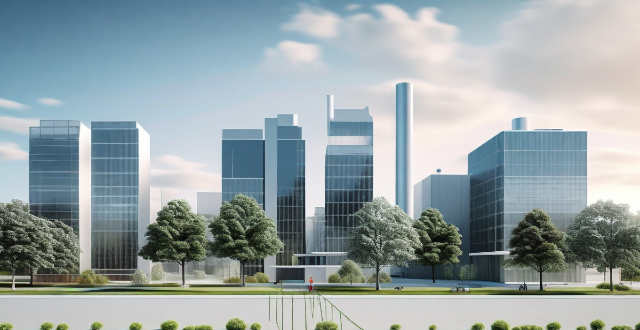Key considerations for integrating renewable energy sources into urban designs include assessing available renewable energy sources, prioritizing energy efficiency, ensuring grid connectivity, involving the community, and considering financial viability.

Key Considerations for Integrating Renewable Energy Sources into Urban Designs
Integrating renewable energy sources into urban designs is crucial for creating sustainable and eco-friendly cities. Here are some key considerations to keep in mind:
1. Available Renewable Energy Sources
Firstly, it's important to assess the available renewable energy sources in the area. This could include solar, wind, hydro, geothermal, or biomass energy. The availability and potential of these sources will determine which ones are most suitable for integration into urban designs.
2. Energy Efficiency
Energy efficiency should be a priority when integrating renewable energy sources into urban designs. This means designing buildings and infrastructure that minimize energy consumption and maximize energy production. Strategies could include using energy-efficient materials, implementing smart grid technologies, and incorporating passive heating and cooling systems.
3. Grid Connectivity
Connecting renewable energy sources to the existing power grid is another key consideration. This requires careful planning to ensure that the grid can handle the additional load from renewable energy sources and that the energy produced can be distributed effectively.
4. Community Engagement
Involving the community in the process of integrating renewable energy sources is essential. This could involve engaging residents in discussions about renewable energy options, providing education on energy conservation and sustainability, and involving local businesses in the development and implementation of renewable energy projects.
5. Financial Viability
Finally, financial viability is an important consideration. Renewable energy projects often require significant upfront investment, so it's important to consider funding options such as grants, subsidies, and partnerships with private sector companies. Additionally, long-term cost savings from reduced reliance on non-renewable energy sources should also be taken into account.
In conclusion, integrating renewable energy sources into urban designs requires careful consideration of a range of factors. By prioritizing available renewable energy sources, energy efficiency, grid connectivity, community engagement, and financial viability, cities can create sustainable and eco-friendly urban environments that benefit both people and the planet.